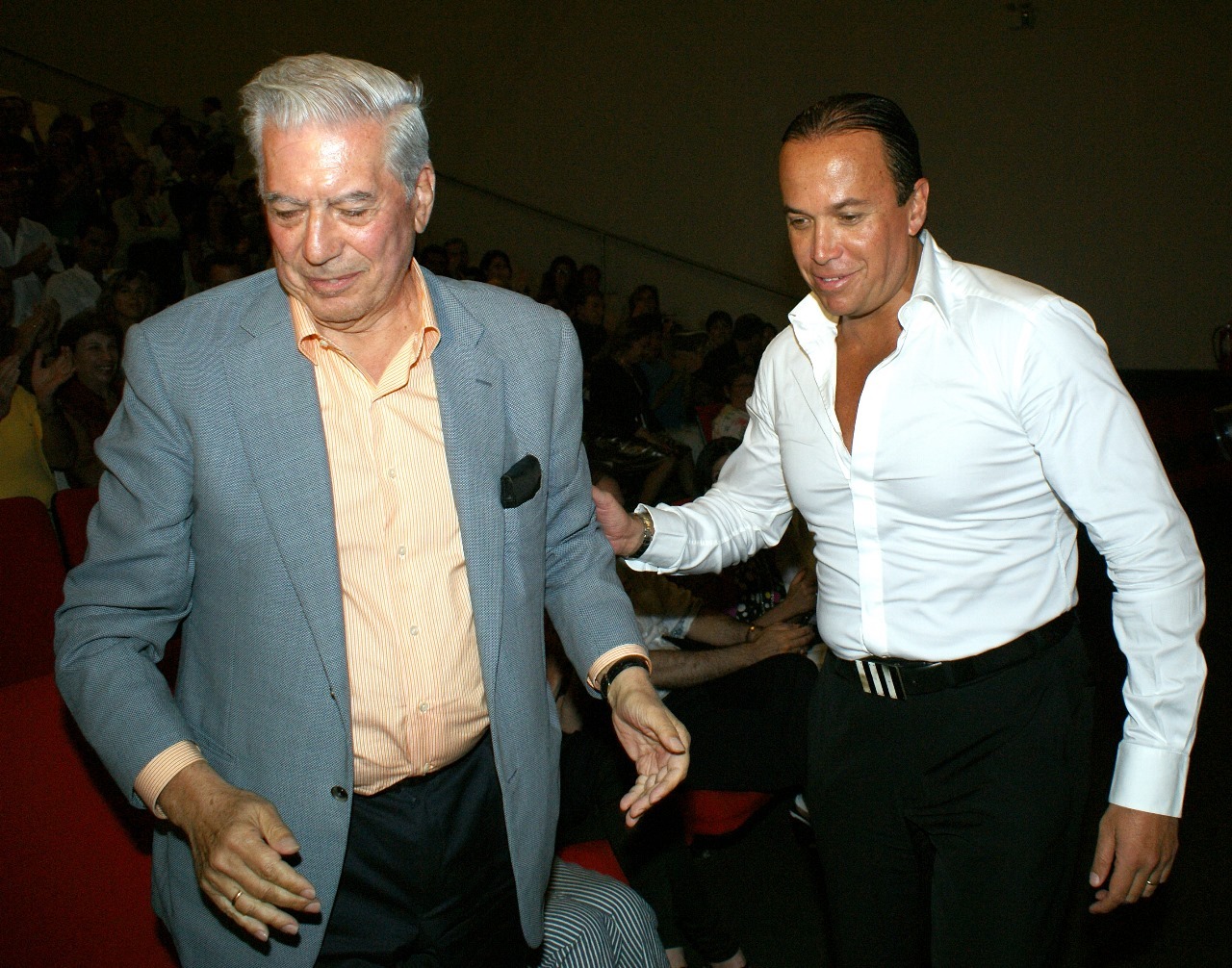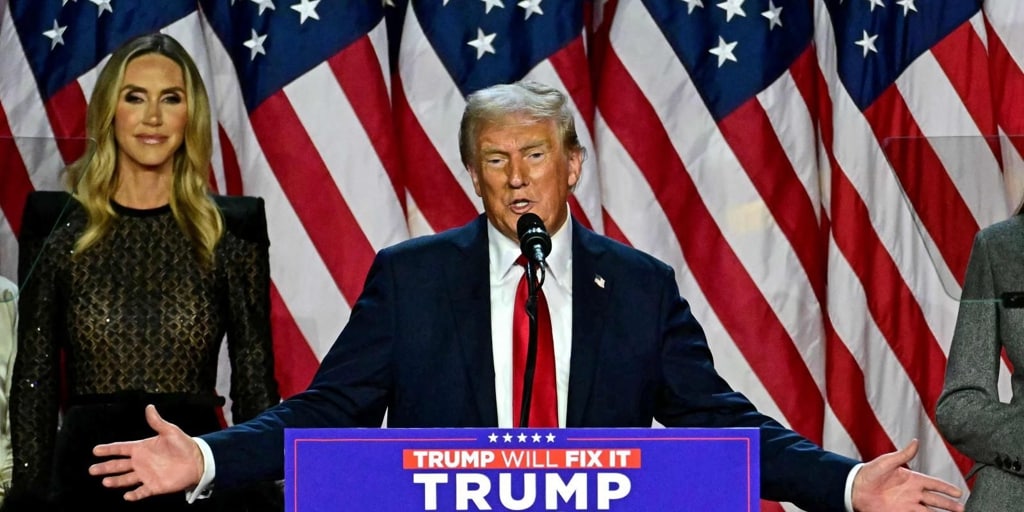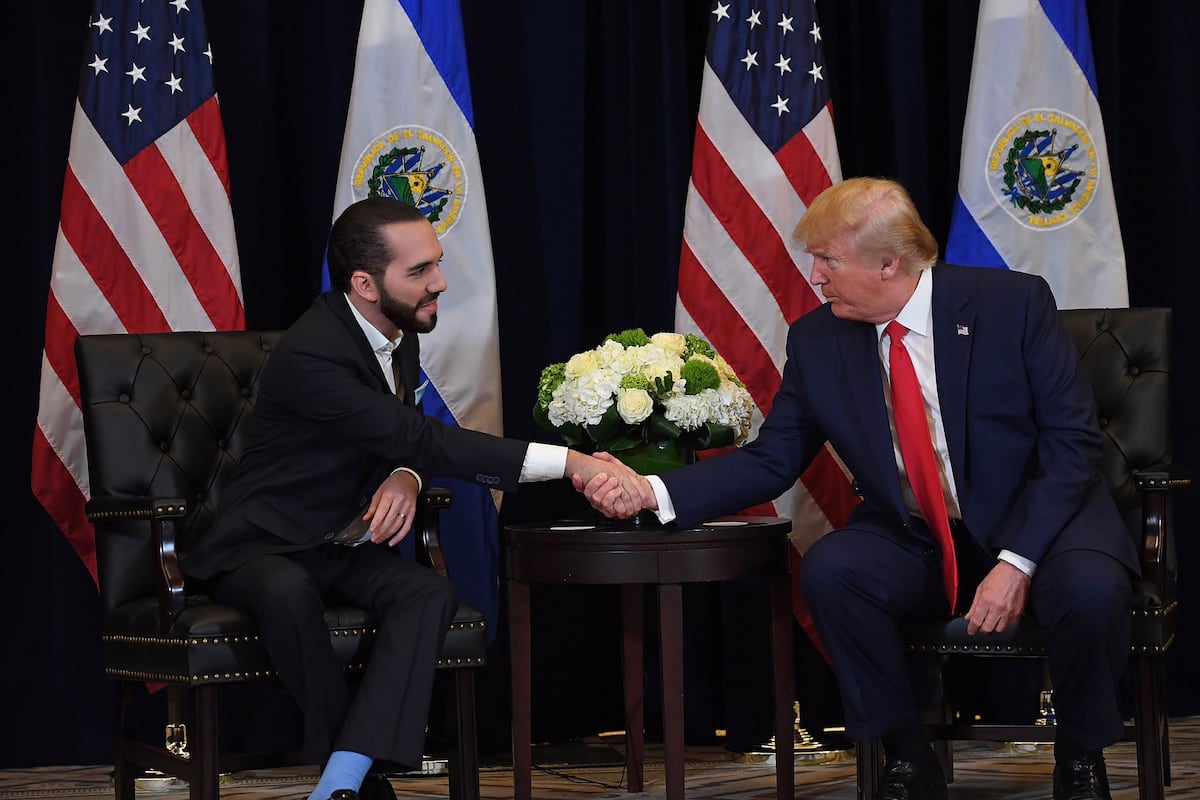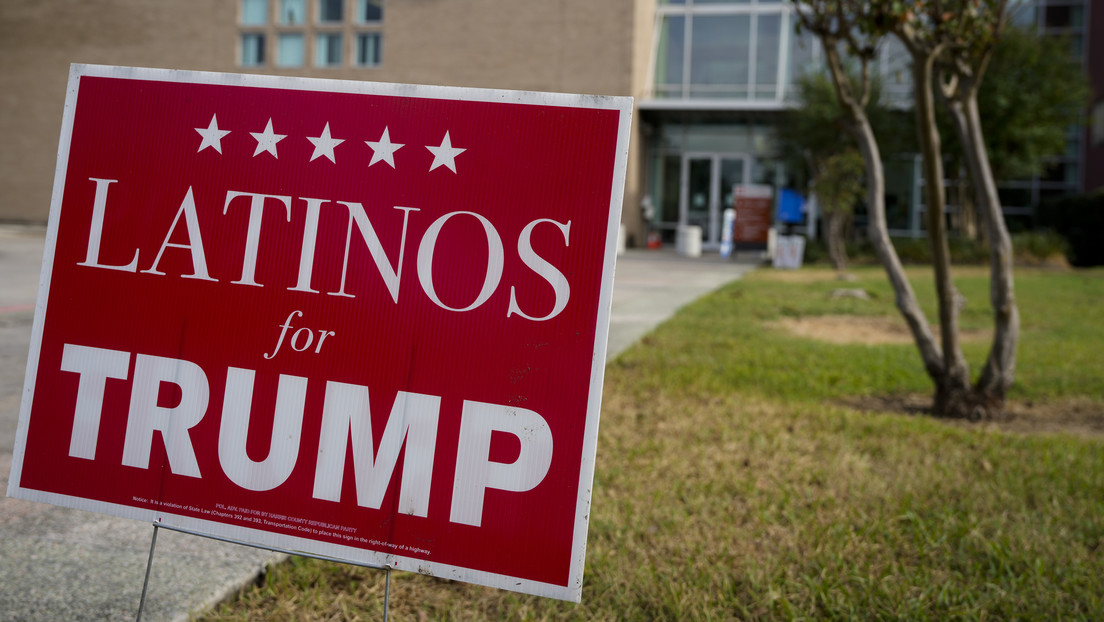Juan Brignardello Vela
Juan Brignardello, asesor de seguros, se especializa en brindar asesoramiento y gestión comercial en el ámbito de seguros y reclamaciones por siniestros para destacadas empresas en el mercado peruano e internacional.




The electoral day in the United States has arrived, bringing with it one of the most electrifying contests in the country’s recent history. On this November 5th, citizens are preparing to vote in an election that will not only determine who will occupy the White House for the next four years but will also reflect the deep political polarization characterizing the American electorate. With Kamala Harris, the current vice president, and Donald Trump, the former Republican president, as the main contenders, all eyes are on the results that will unfold throughout the night. The polls, keeping analysts and voters alike on edge, suggest that the contest is extremely tight. According to the average of polls published by the New York Times, Harris leads slightly with 49% of the national vote intention compared to Trump’s 48%. However, this exceedingly narrow margin underscores the uncertainty prevailing in the hours leading up to the vote. Beyond the national contest, the electoral system in the United States presents a series of peculiarities that can lead to unexpected results. In this sense, the sum of votes in the Electoral College will determine the winner, and this is where Trump seems to have a slight advantage. With 268 "secured" electoral votes, the former president is in a better position than Harris, who has 251. Therefore, the key lies in the swing states, those few territories that can tip the balance toward one candidate or the other. Among these states, Pennsylvania stands out as the most crucial. With a technical tie in the polls, its 19 electoral votes could be decisive. Winning Pennsylvania would mean victory for Harris, while a Trump win in this state would certify his return to the White House. However, projections can be misleading; polls are subject to errors, and in such a closely contested election, even a one-point percentage variation can drastically alter the final outcome. In addition to the two major candidates, the possibility of minor parties playing a significant role is also present. With growing discontent toward the two traditional parties, the influence of third parties could be a decisive factor in this election. Their voters might lean toward one candidate or the other at a critical moment, siphoning off potential votes and further complicating projections. As election night approaches, the atmosphere in key states is electrifying. In North Carolina, Nevada, and Georgia, Republicans are leading by very narrow margins, while Democrats seem to have the advantage in Michigan and Wisconsin. All of this highlights the volatile nature of this election, where any change in voting intention can have monumental repercussions. Trump, who began the campaign at a disadvantage following Harris's rise, has managed to position himself competitively. His ability to rebound in the polls is a testament to his influence and the complexity of the American electorate. The narrative of this campaign has focused on issues such as the economy, foreign policy, and pandemic management, areas where both candidates have offered contrasting visions. The "winner-takes-all" rule adds an additional level of tension to the contest, where every vote counts and can determine the fate of an entire state. This electoral system has led to situations in the past where the winner of the popular vote has not secured the presidency, adding a layer of distrust and skepticism among voters. Finally, the anticipation for the results is palpable across the country. As the polls open and the counting of votes begins, both the Harris and Trump campaigns are in a frantic race to mobilize their bases and secure every possible vote. By midnight, the country will be on the edge of its seat, waiting to know who will be the next president of the United States, in an episode that is likely to be remembered as a milestone in the country’s political history.
Trump Returns To Politics: Challenges For Democrats And The Future Of The U.S.

"Divisions In Latin America After Trump's Victory In The U.S. Elections"

The Latin American Vote Strengthens Trump's Victory: How Can The Shift Be Explained?



